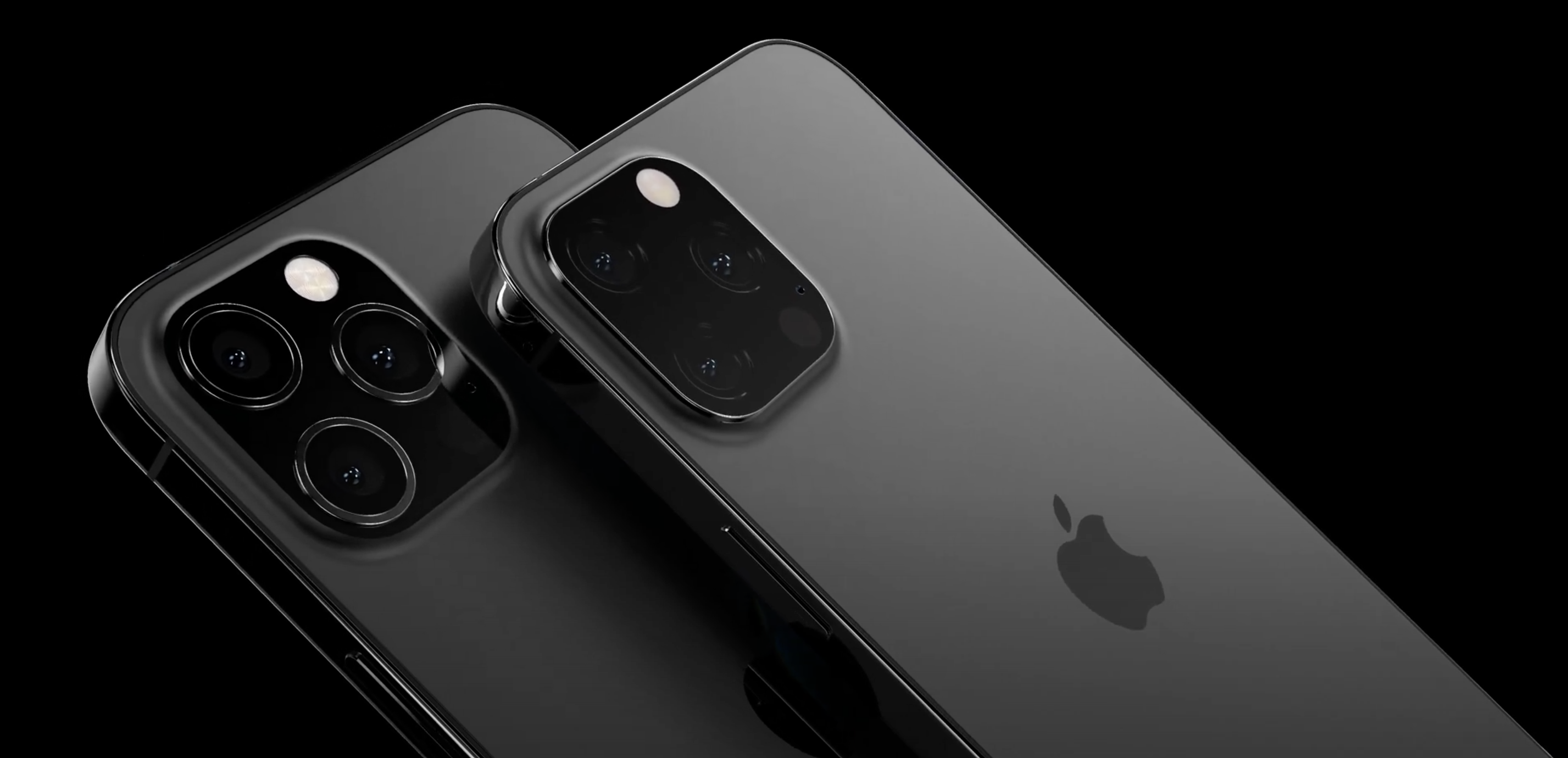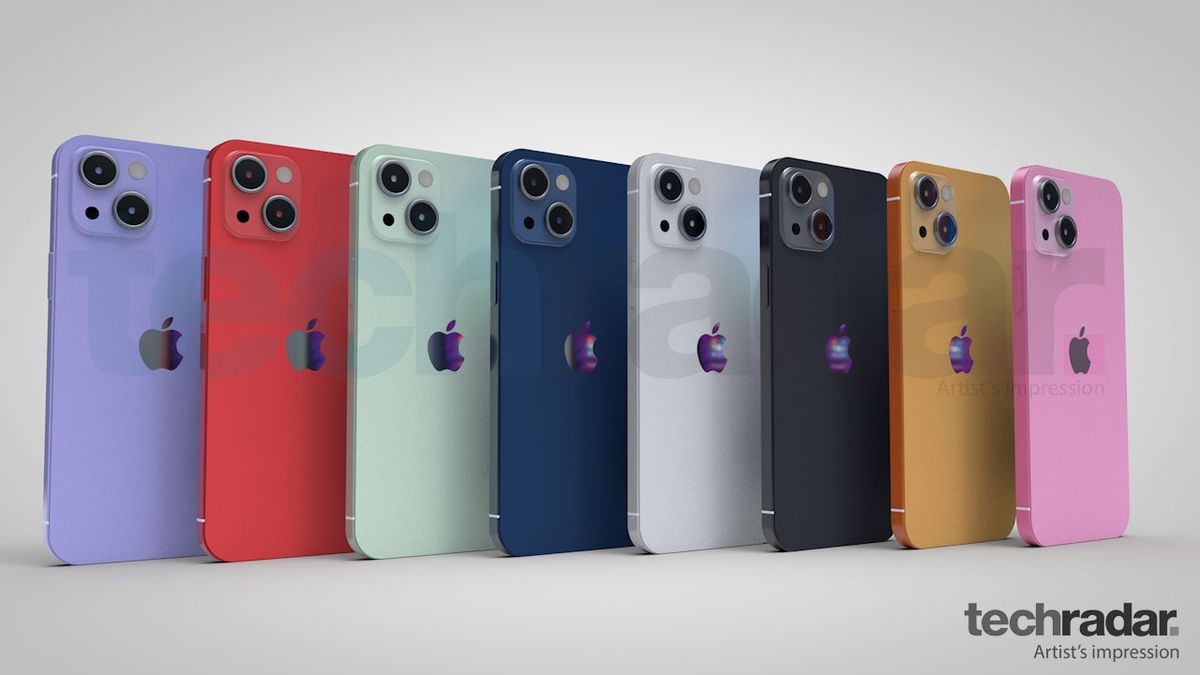

A new option for the 13 Pro series is Sierra Blue, which we’ve been using for this review. There’s four different colours to choose from, with them being a little bit more muted compared to the options available for the iPhone 13 (standard). Just like its predecessor, the iPhone 13 Pro has angular edges, something which was a design departure from the iPhone 11 Pro and before. On the back of the phone you’ll see the three lenses are gathered together on the top left hand side, while there’s also a flash unit and what looks like a large black hole, which is the “LiDAR Scanner”, used for measuring depth and designed to make autofocusing faster in certain conditions, such as low light. Despite being almost the same size as its predecessor, if you’ve already got an iPhone 12 Pro, you’re going to need to invest in a new case as the lens units on the rear take up much more space than before. Both of these specifications together should make the iPhone 13 Pro reasonably adept at withstanding the odd knock or scrape, though we’d still recommend investing in a case for the phone.


It’s a little bit heavier at 203g (vs 187g), but the difference in real-world use isn’t immediately obvious.Īs before, we’ve got a 6.1-inch Super Retina XDR Display for the screen, which makes use of a Ceramic Shield designed for toughness, alongside Surgical-grade stainless steel. Keeping to the same squared off edge aesthetic as its predecessor, the 13 Pro is almost the same size as before, being just 0.25mm thicker than before. The design of the iPhone 13 Pro is almost identical to the iPhone 12 Pro. It’s cited that this is for environmental reasons, with the assumption that most users already have one they can use - but if you don’t you’ll need to budget for one of those too. Just as we saw last year, Apple don’t bundle a charging adapter with the iPhone 13 Pro (just the Lightning cable is included). There are four different colours available for the iPhone 13 Pro series, which are Sierra Blue (which we’ve been using for this review), Silver, Gold and Graphite (black). If you want to go for the Max version, prices range between £1,049 and £1,549. In terms of the specifications not directly relating to photography, there’s a 6.1-inch Super Retina XDR screen, compatibility with MagSafe accessories (such as wireless chargers), and 5G connectivity.Īt the time of writing, the iPhone 13 Pro retails for £949 for the iPhone 13 Pro 128GB, with up to 1TB of storage space available, which will set you back £1,449. ProRes video recording will be available via a later firmware upgrade, but you will need the iPhone with at least 256GB of storage.
IPHONE 13 PRO COLORS HANDS ON PLUS
There are some other new specifications for the iPhone 13 Pro series, including sensor-shift optical image stabilisation, something which previously was only available for the 12 Pro Max version, Cinematic Mode for video, Photographic Styles for stills, plus the new A15 Bionic Chip with 5-core GPU which Apple claims is the fastest chip ever found in a smartphone.Ī set of other specifications have been brought over from the iPhone 12 Pro, including Night mode, the ability to shoot in raw format, Portrait mode and 4K video recording at up to 60p. Apple is always reluctant to reveal the exact specification of its sensor sizes, but it has claimed that the new models feature larger sensors than the predecessor. The telephoto lens is also longer than its predecessor, now being a 3x optic (78mm equivalent), with an f/2.8 aperture. The wide angle lens is equivalent to 26mm and has an f/1.5 aperture, while the ultra-wide angle is an improvement from the iPhone 12 Pro model and now features an f/1.8 aperture (it remains at 13mm equivalent). The iPhone 13 Pro features a triple lens set up, with a wide, super-wide and telephoto option on board. Unlike with the 12 Pro series, the camera set up in both the iPhone 13 Pro and the larger Max version is the same, so most of what is said in our review can also be applied to the bigger model.

In this year’s new iPhone range there are four models, two of which bear the “Pro” moniker, the iPhone 13 Pro and the iPhone 13 Pro Max.


 0 kommentar(er)
0 kommentar(er)
